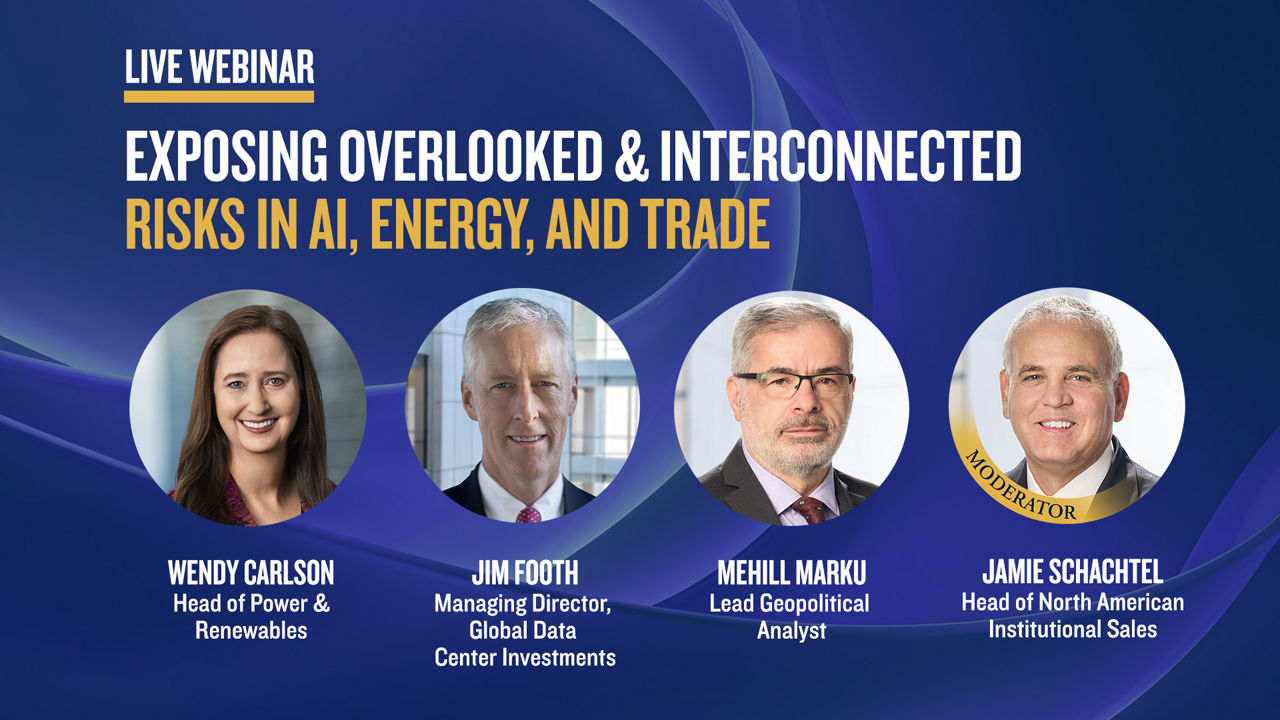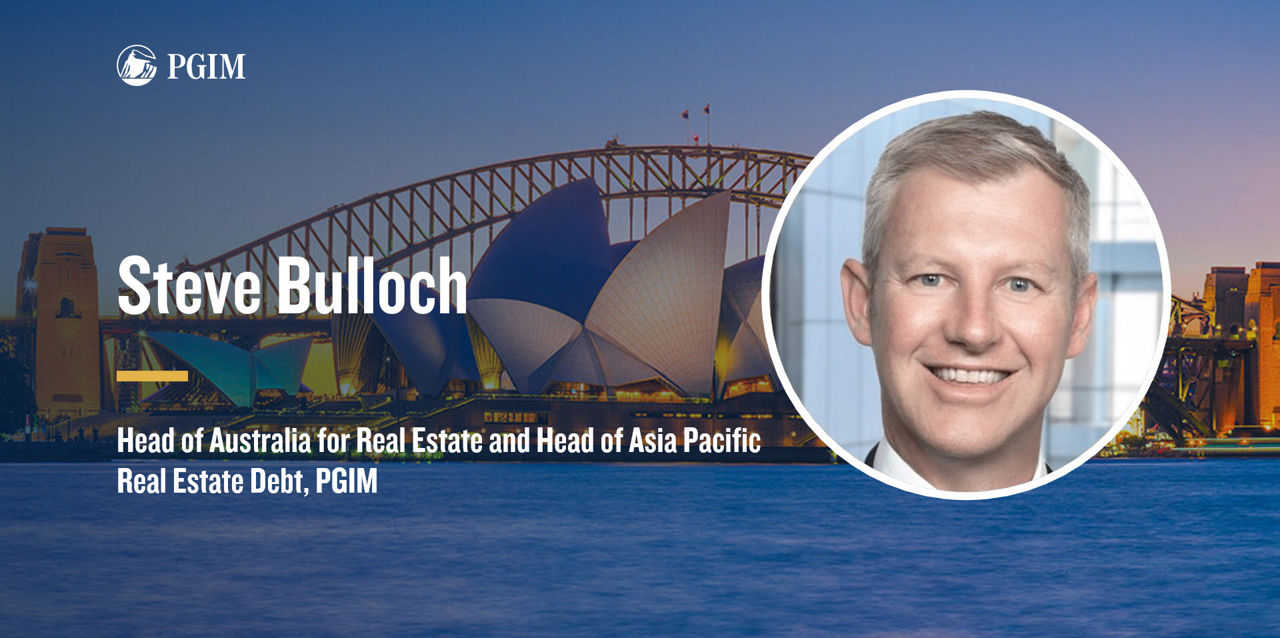Featured insights
-
Live WebinarExposing Overlooked & Interconnected Risks in AI, Energy, and TradeHow can you position your portfolios for unforeseen risks? Find out on Oct 23 at our live webinar.
Read More
-
Q4 Market OutlookIn a "muddle through" economy, attractive yields may catch a tailwind, while equities require focus on high-quality companies with competitive advantages. Flexibility across asset classes will support portfolio resiliency.
Read More
-
Securitised ProductsSeeking Balance in EU Securitisation ReformThis blog provides an update on our latest policy engagement at Eurofi in Copenhagen which centered on the steps needed to revive the European securitisation market.
Read More
$1.44T
#16
200+
-
PGIM’s real estate business and Pithos self-storage JV expands into Spain
Read More
-
Press ReleasePGIM expands Australian real estate business with senior hires to drive growthThe strategic expansion is set to enhance PGIM’s strong existing platform in Australia.
Read More
-
Press ReleasePGIM’s real estate business provides $260M for Southeast grocery-anchored retail portfolioThe portfolio spans 1,057,008 square feet and 10 assets across Florida and South Carolina, comprising a collection of Class-A retail centers anchored by Publix.
Read More
Subscribe to receive our latest insights
Stay informed on timely market developments, outlooks and industry events.
* Required Fields
Data as of 6/30/25 unless otherwise noted. All Assets Under Management are net unless otherwise noted.










